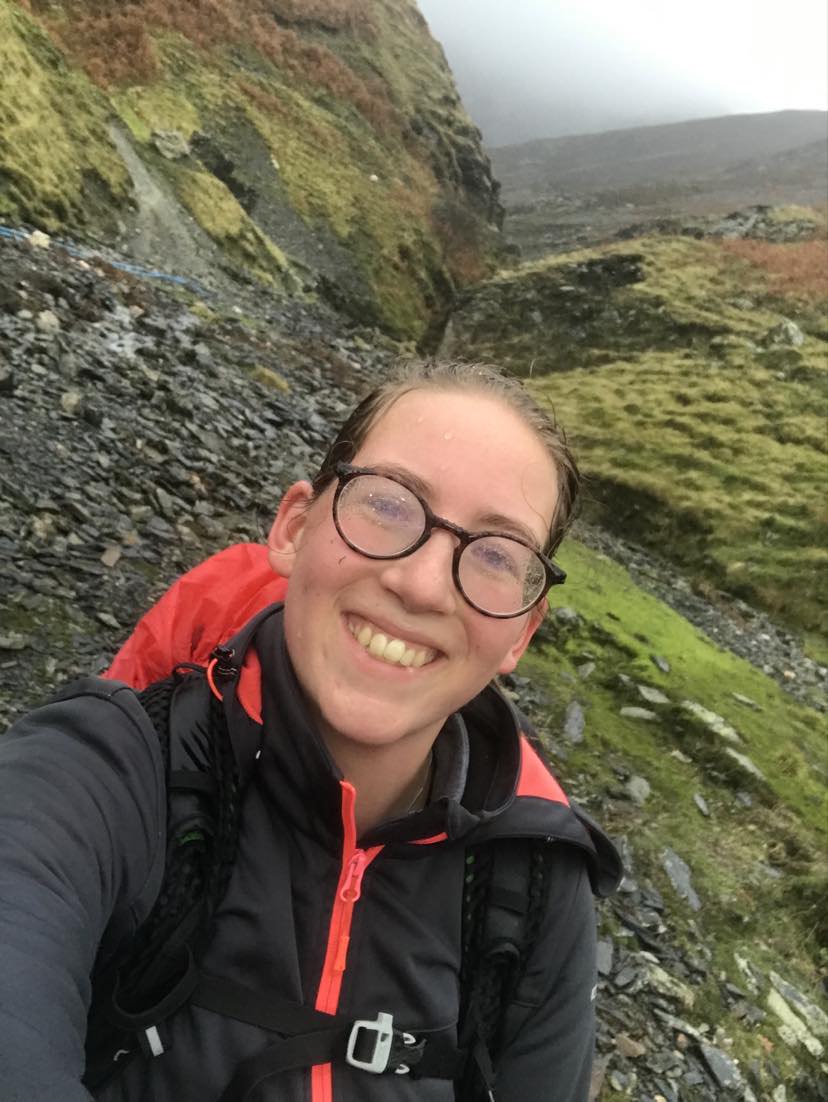Meike van Lit
m.van-lit.1@research.gla.ac.uk
www.linkedin.com/in/meike-van-lit-2b5217153
https://www.researchgate.net/profile/Meike-Van-Lit
https://orcid.org/0009-0009-1152-4356
Research title: Past spoils, present toils: An interdisciplinary research on the effect of past human activity on present soil health based in Aberdeenshire, Scotland
Research Summary
Soils are an important but often neglected part of climate regulation. Unfortunately, the long-term effects of human activity on soil are not well-understood. On the one hand, soil scientists have developed well-established methods of measuring soil health. On the other hand, archaeologists have reached a consensus on how humans have altered the physical landscape. But there is a lack of research on how past human activities have affected soil health, let alone to what spatial and temporal extent those impacts remain measurable.
This research aims to cover that gap in knowledge, through interdisciplinary research of archaeology and soil health. The following research questions are used.
- How have historical changes in land-use or intensity of land-use affected soil conditions?
- What is the spatial extent of the measurable impact of human activity on a site?
- To what degree is there a difference between prehistoric and early medieval human impact versus late medieval to modern human impact on soil health?
Publications
van Lit, M. 2024. The Why and the When: On the Meaning and Dating of pre-Roman Ladder Settlements in the Yorkshire Wolds. Prehistoric Yorkshire 61, 114-124.
Supervisors
- Professor Michael Given
- Ms Bianca Cavazzin
Grants
This research is funded through the Scottish Graduate School of Arts and Humanities, AHRC Doctoral Training Program and the University of Glasgow Graduate School for tuition and stipend.
2024 - Research grant from The Shannel Trust (Birse, Aberdeenshire). £5000 + £1000 for laboratory costs. (PI).
2024 - Research award from the Scottish Alliance for Geoscience, Environment and Society (SAGES) for fieldwork. £475. (PI).
2021 - Scholarship from VSBfonds, the Netherlands for MA degree Prehistoric Landscape Studies at the University of York. €7000.
2021 - Two scholarships from two branches of the Fundate van de Vrijvrouwe van Renswoude, the Netherlands for my MA degree Prehistoric Landscape Studies at the University of York. €3500 and €2500.
Conferences
2025 - Environmental Humanities Working Group (St Andrews). Seminar.
2024 - Association for Environmental Archaeology (AEA) Conference (Oxford). Paper.
2024 - James Hutton Institute Student Event (Dunkeld). Poster.
2024 - Scottish Student Archaeology Society (Glasgow). Paper.
Teaching
2024/2025 - Graduate Teaching Assistant for 20 Things that Changed the World and Archaeology in the Modern World
Additional Information
Memberships
Chartered Institute for Archaeologists: PCIfA, Vice Chair for Landscape Special Interest Group (2024).
Scottish Alliance for Geoscience, Environment and Society (2024).
British Society of Soil Science (2024).
Association for Environmental Archaeology (2025).
Qualifications
2022 - MA Prehistoric Landscape Archaeology (79% final grade) at the University of York.
The Why and the When. Developing and Dating Socio-Economic Reasons for the Construction of Pre-Roman Ladder Settlements in the Yorkshire Wolds.
Most academic studies introduce their research topic by reviewing the function, use or meaning of their topic (the why), as well as the time period that it is characteristic of (the when). This dissertation studies the Iron Age ladder settlements of the Yorkshire Wolds, of which the why and the when are not quite known. The aim of this study is to take a step towards understanding why ladder settlements developed, and when this may have happened. The results of this dissertation are published in van Lit (2024), as linked above.
2021 - BA Archaeology (7,2/10 final grade) at Leiden University.
Which Way to Go? A Least Cost Path Analysis on the Iron Age Broch Landscapes of Northern Scotland
A major archaeological element of Scotland are the brochs found throughout the area. Brochs are large, drystone towers, most dating to the Iron Age (500 BC-AD 500), though not all have been preserved as clearly recognisable towers. Many brochs have been excavated and there is plenty research on the communities that built them. It has become a widely accepted theory that broch communities were connected in one way or another. However, no route networks or well-travelled paths have been found, nor researched, yet. This study aims to analyse whether land-based travel was a likely form of travel, and where these routes may have been located.


